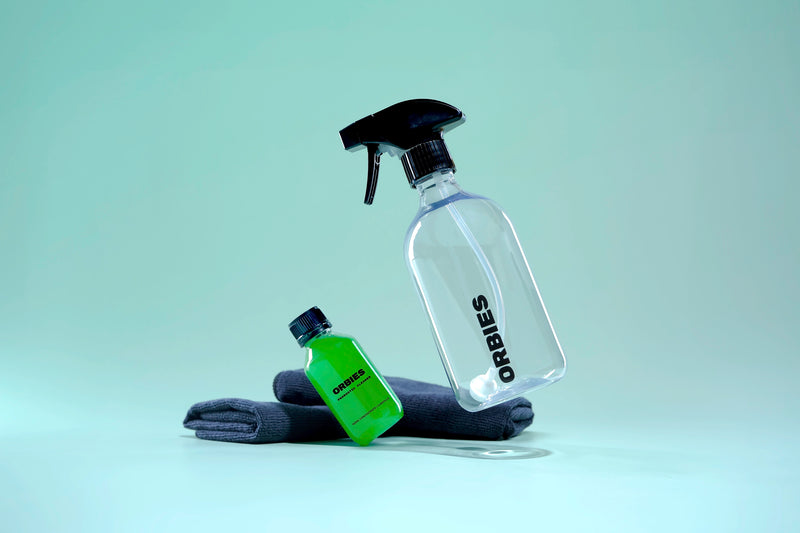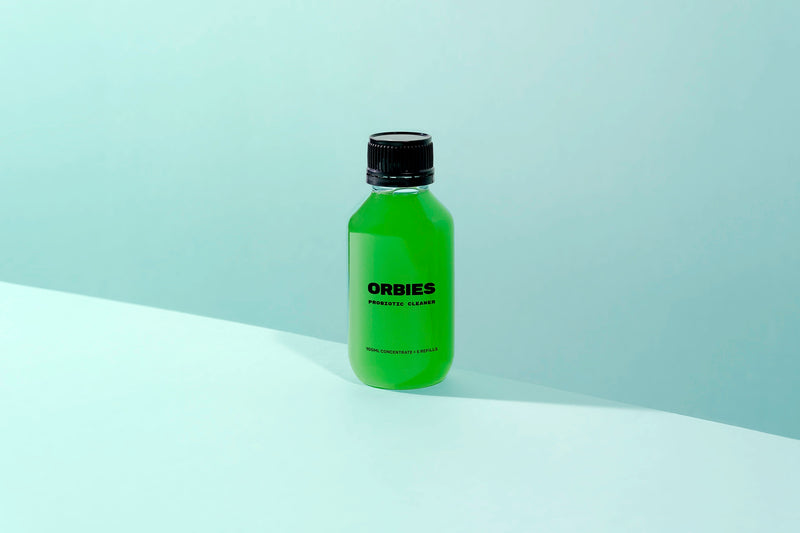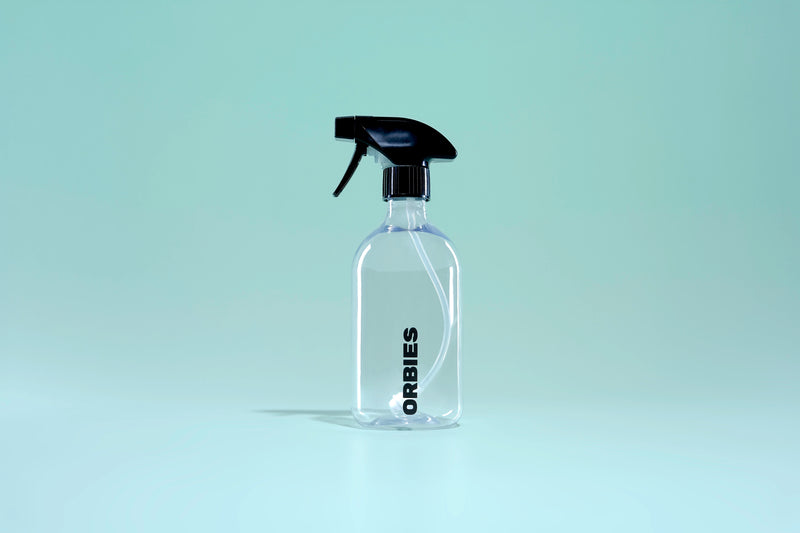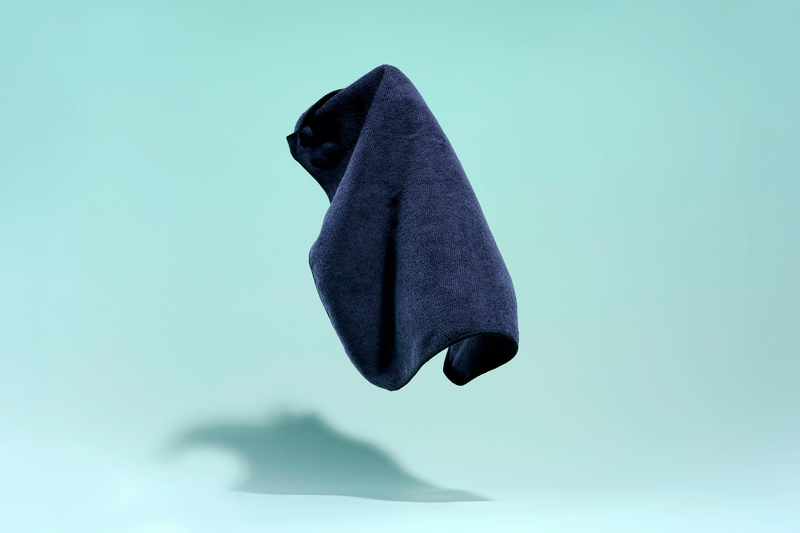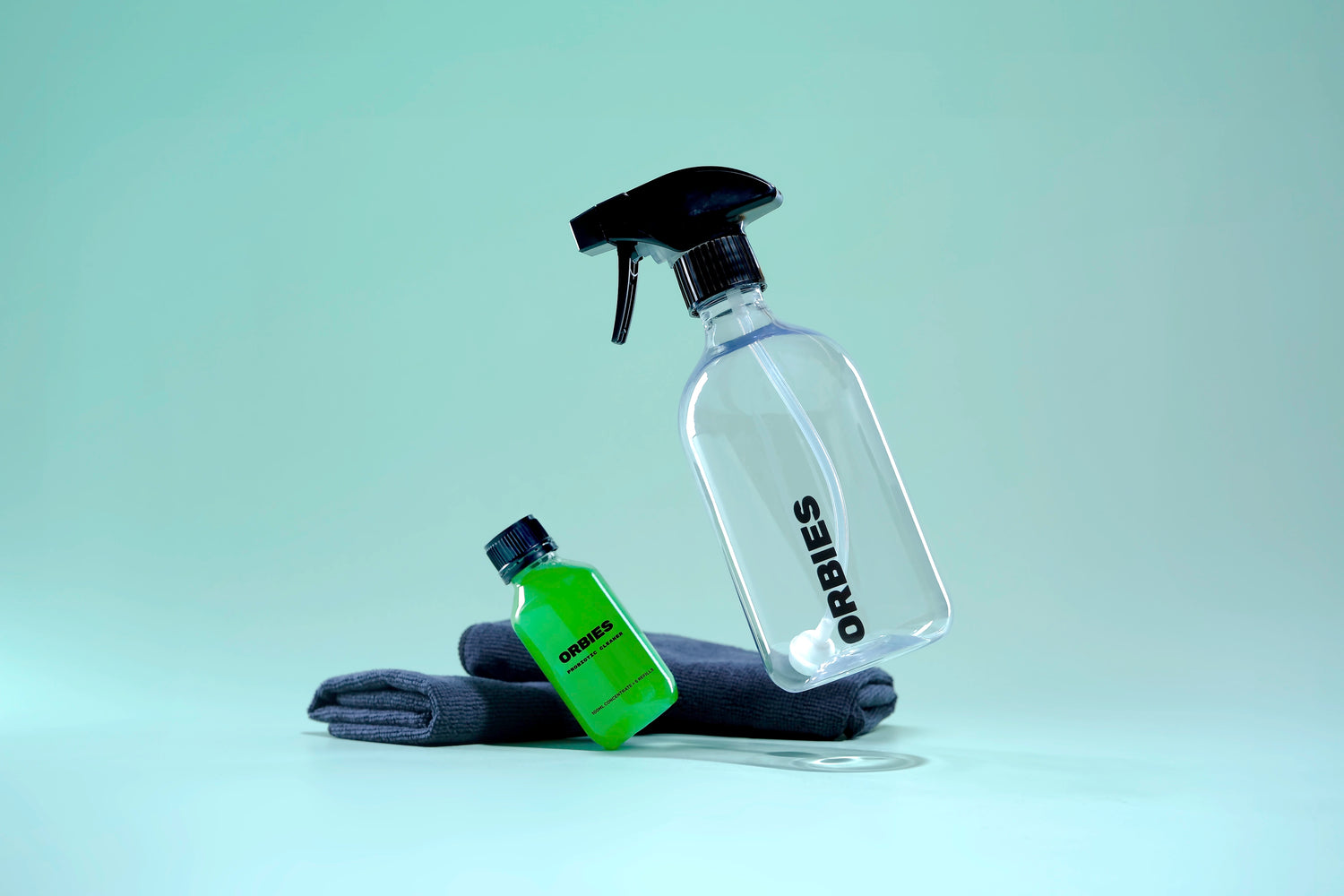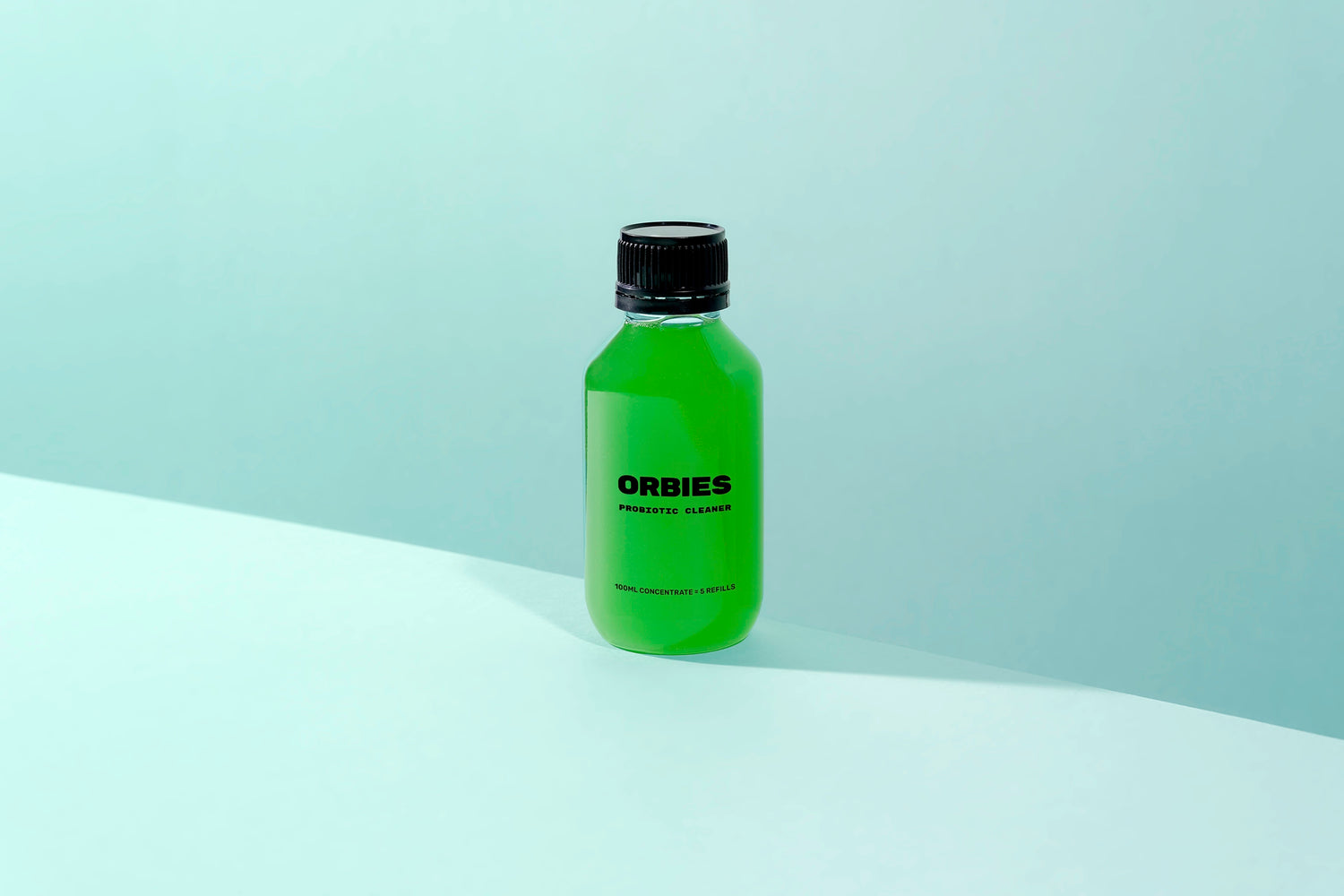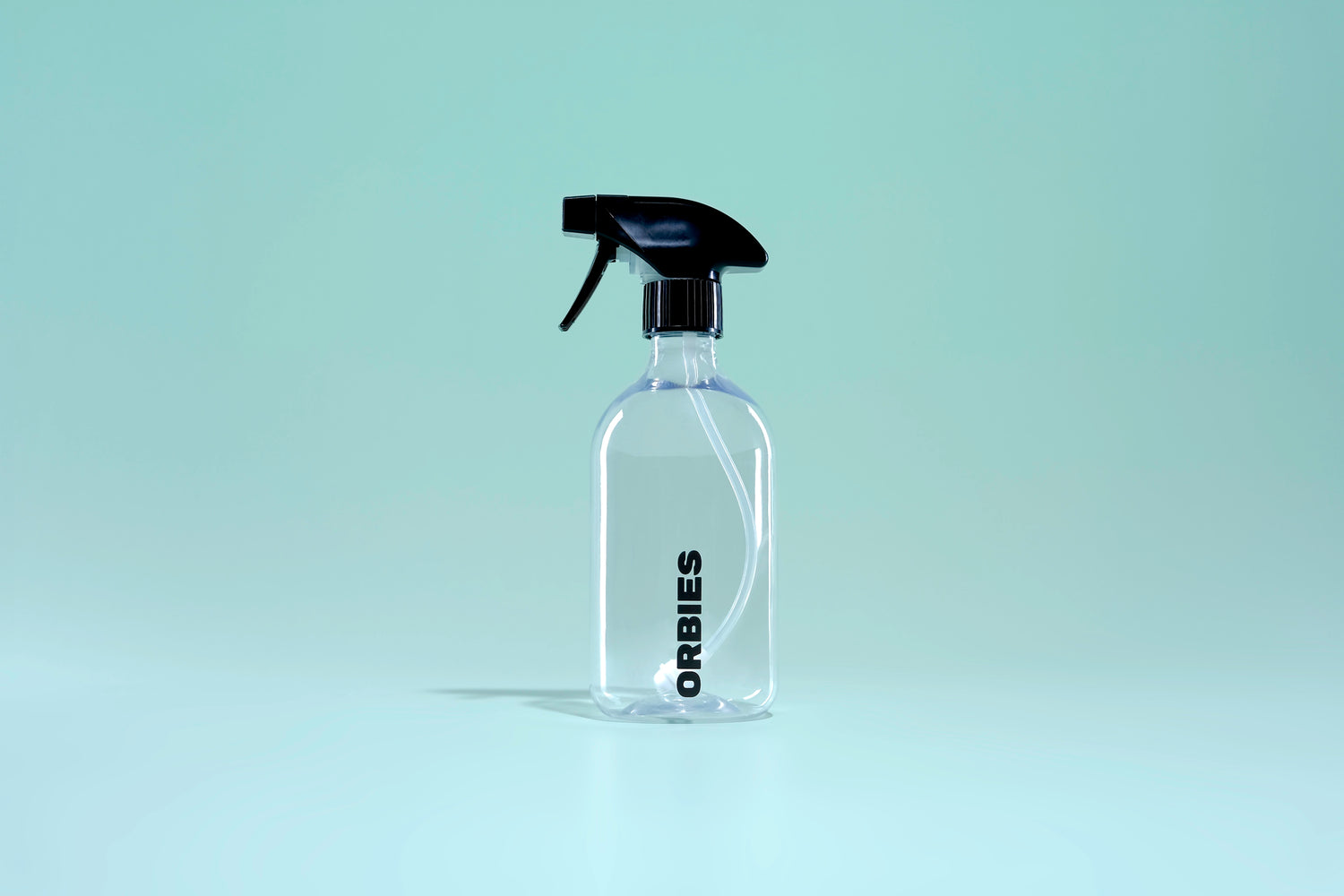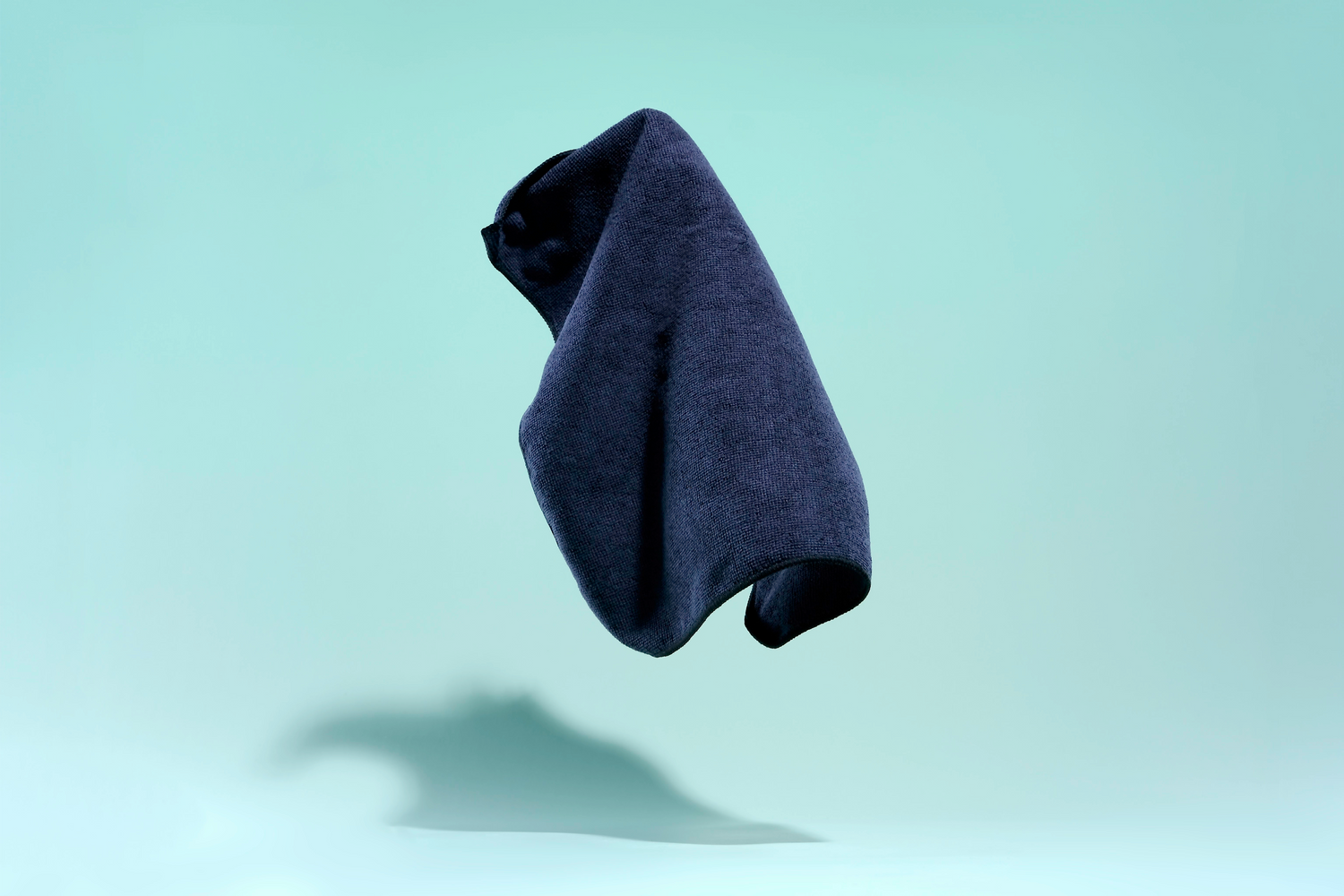Go into your kitchen, grab the first cleaning product you can find, and have a look at the label on the back. Do you recognise all the ingredients listed? Chances are that you don’t, and with names like ‘sodium laureth sulphate’ or ‘phthalates’ in the mix, we can understand why.
But considering how often we use laundry detergent, all-purpose spray and the like – shouldn’t we know what those ingredients do? We think we should and we’re here to help. Today’s article explores the hidden dangers of commonly used cleaning products and safer alternatives to consider. But first…
Why is it Important to Know What’s in your Cleaning Products?
No matter what industry we’re talking about, there’s a growing demand for transparency, with more and more consumers wanting to know exactly what is in the products they buy – and cleaning is no exception.
So, why should you care? Are cleaning products toxic? The answers to these questions will become abundantly clear in the next section. But long story short, there are several ingredients that although commonly used for cleaning, can pose a risk to your (and your family’s) health [1].
In fact, a US study that analysed 30 everyday cleaning products detected a total of 530 hazardous volatile organic compounds (VOCs), which were linked to health conditions like cancer and fertility issues [2]. An alarming number, to say the least.
Plus, many products that claim to eliminate 99.9% of bacteria actually kill good bacteria along with the bad, disrupting the balance of your home’s microbiome. Not to mention the environmental impact they have on our planet (in one word: pollution).
What many Australians may not know is that there are safer alternatives, that are just as effective and just as affordable – but we’ll get into that in just a bit.
What Chemicals Are in Cleaning Products?
Some dangerous chemicals in cleaning products include:
Ammonia
Grab any glass cleaner and chances are that you’ll find the name ‘ammonia’ somewhere in the ingredients list. In short, this is what makes glass look shiny and streak-free. The problem is, breathing in ammonia (which is bound to happen as you’re cleaning your windows away) can irritate your nose and throat [3], and at high levels, damage your lungs [4]. Plus, it can create toxic gases when used with bleach [5]. Speaking of…
Bleach
This one we’ve all heard of and some of us even have a big container of it somewhere in our home. So why is this household staple part of our list of chemicals to avoid? For one, bleach is corrosive by nature – which means it can burn your skin, eyes, and even the inside of your nose as you breathe it in [6]. Plus, like many other toxic chemicals, bleach poses a risk to respiratory health and for those with asthma, it can make symptoms worse [7].
Phthalates
Found in pretty much all fragranced cleaning products, phthalates can disrupt hormonal balance. In particular, they can reduce testosterone levels and impact male reproductive development [8][9]. Some studies also suggest that these nasty compounds can cause liver damage and impact lung function in children [10][11].
SLS/SLES
SLS and SLES are two types of sulphate. The former stands for sodium lauryl sulphate and the latter for sodium laureth sulphate – and the issue with both is that, just like bleach, they can be irritating to the skin and eyes, especially if you use them regularly [12].
Phosphate
The role of phosphate (or sodium tripolyphosphate, as it is commonly listed in cleaning products) is to make the stain and dirt-removal process more effective. Though that sounds like something you’d want in your laundry detergent or disinfectant spray, phosphate can be irritating to the skin and lungs [13]. In high concentrations, it can even cause kidney damage and heart issues [14][15]. To make matters worse, it’s not just us humans that suffer – as it goes down the drain into waterways, this harmful chemical pollutes the water and can end up harming the aquatic life of that ecosystem.
And the list doesn’t end here. A few other ingredients to avoid are:
- Lye
- Sodium hypochlorite
- Triclosan
- Perchloroethylene
- Chlorine
- QUATs
- Synthetic fragrances
How Can You Prevent Harm From Cleaning Products?
With so many dangerous chemicals to consider (530!), knowing which cleaning products to buy becomes a little trickier. This is where chemical-free cleaning – and Orbies – comes in.
Powered by 60 billion probiotics – and none of those nasties we listed before – our Universal Probiotic Cleaner is safe for humans, pets, our planet and the beneficial bacteria in our homes. The best part? You can use it pretty much anywhere, from your kitchen to your bathroom, furniture and even your car, for a clean that lasts for up to 3 days.
The Benefits of Going Chemical-Free
Switching to chemical-free cleaning products is great for your health, we know that, but the benefits don’t end there. It also:
- Improves the air quality in your home
- Helps your furniture last longer and maintains the integrity of surfaces
- Saves you money over time (toxic-free products are, perhaps surprisingly, cost-effective!)
- Minimises air and water pollution
- Gives you peace of mind knowing your cleaning products are safer for your little ones and furry friends
Embrace a Healthier Home with Natural Cleaning Alternatives
Learning how to live chemical-free is a journey, and what better place to start than with the cleaning products you so often use? Explore our eco-friendly cleaning range and choose Orbies for a healthier, happier home.
References
- https://www.sciencedirect.com/science/article/pii/S0160412024004227
- https://linkinghub.elsevier.com/retrieve/pii/S0045653523018374
- https://www.health.ny.gov/environmental/emergency/chemical_terrorism/ammonia_tech.htm
- https://doh.wa.gov/community-and-environment/contaminants/bleach-mixing-dangers
- https://ehs.stanford.edu/reference/sodium-hypochlorite-bleach
- https://wspehsu.ucsf.edu/wp-content/uploads/2015/10/FactSheet_Bleach.pdf
- https://www.ncbi.nlm.nih.gov/pmc/articles/PMC4651417/
- https://www.cpsc.gov/chap
- https://pubmed.ncbi.nlm.nih.gov/16102138/
- https://www.ncbi.nlm.nih.gov/pmc/articles/PMC9817355/
- https://www.sciencedirect.com/science/article/pii/S0269749122010478
- https://onlinelibrary.wiley.com/doi/abs/10.1034/j.1600-0536.2003.480209.x
- https://www.dcceew.gov.au/environment/protection/npi/substances/fact-sheets/phosphoric-acid
- https://www.kidney.org/kidney-failure-risk-factor-serum-phosphorus
- https://www.mdpi.com/2072-6643/16/11/1599
